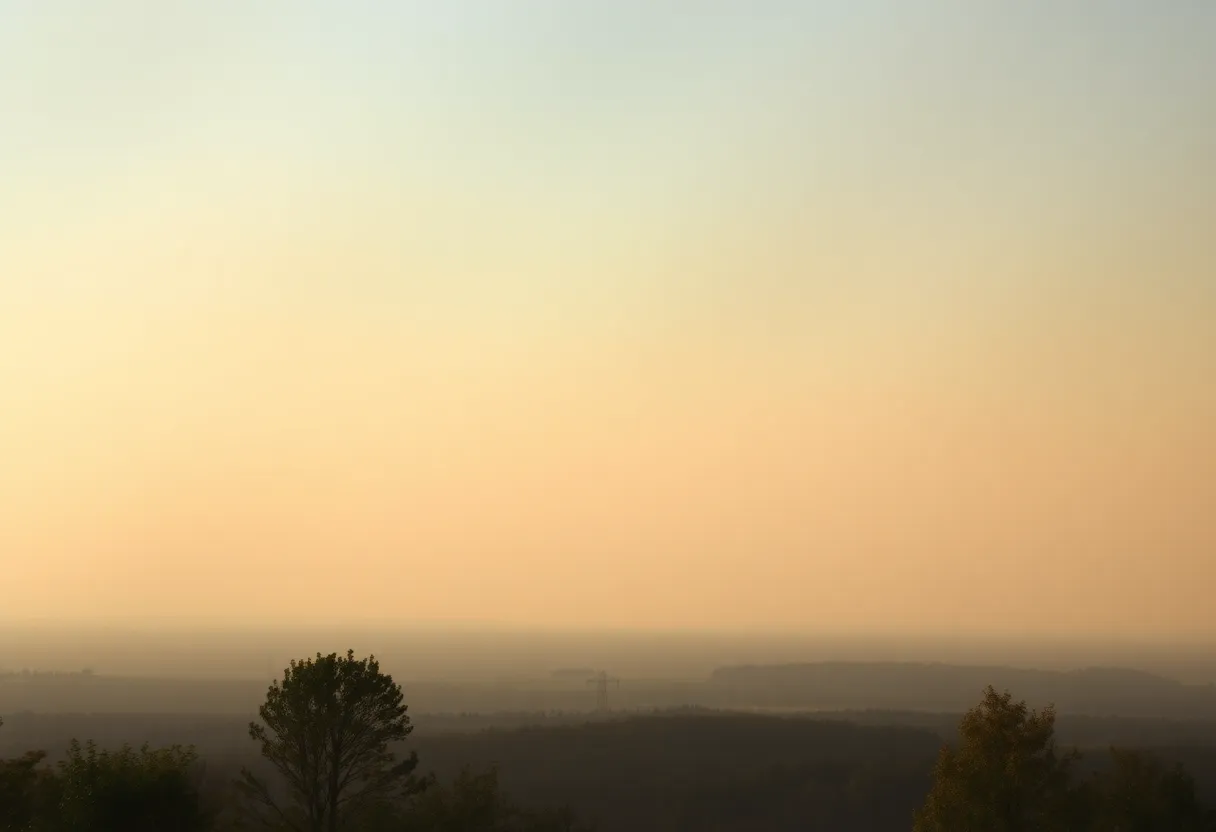Hurricane Season Awakens: Potential Tropical Storm Forming
As we move deeper into the year, the Atlantic hurricane season is beginning to stir, with a disturbance on the radar that may develop into a tropical storm later this week. Currently located east of the Lesser Antilles, this potential tropical depression is causing limited showers and thunderstorm activity due to an abundance of dry air in the area.
Uncertain U.S. Impact
The future impact of this potential storm on U.S. coastlines remains uncertain and could diverge in a number of directions. Everything depends on the precise location and time of the system’s development, as well as the strength and expansiveness of the Bermuda high pressure system.
Potential scenarios range from a sharp recurve into the Atlantic Ocean, depriving the U.S. East Coast of any significant weather alterations. Alternatively, the storm may hit parts of the East Coast, particularly in areas from Florida northwards. Another possibility is the system tracking into the eastern Gulf of Mexico or Florida Peninsula. In some cases, it may not fully develop at all, instead carrying a surge of moisture that enhances rainfall in parts of the Southeast U.S.
Regardless of the outcome, residents from Puerto Rico, the Virgin Islands, Hispaniola, the Bahamas, and Cuba to the U.S. from the eastern Gulf coast to the East Coast should stay informed about developments with this potential storm.
Factors Favoring Development
The chances of this system evolving into a tropical storm are not guaranteed. For now, it is battling against the dry, dust-laden air from the Sahara Desert which has temporarily limited its development. However, experts suggest it may have enough moisture to give it an edge as it tracks further west.
The National Hurricane Center suggests the development, if it occurs, will happen in the second half of this week, with many computer models hinting at possible development near the Bahamas by Friday or Saturday.
Is this the Normal Seasonal Ramp Up?
The Atlantic has been experiencing an accumulation of Saharan dust since the demise of Hurricane Beryl approximately three weeks ago. The current surge in activity aligns with the onset of the most active time of the year in the Atlantic tropics, in congruence with a more favorable-phase of the Madden-Julian Oscillation. It is estimated that this wave circles the globe approximately every 40 days, often catalyzing activity in the tropics.
August, September, and October represent the peak months of the Atlantic hurricane season, due to warmer water temperatures, lower wind shear, and increased humidity levels across the basin.
The weather experts keenly remind us of the unpredictability of these systems, and the necessity to monitor these potentially severe weather patterns closely as the hurricane season unfolds.







